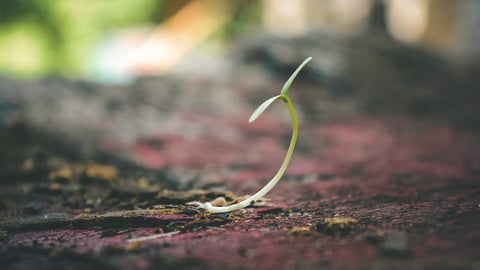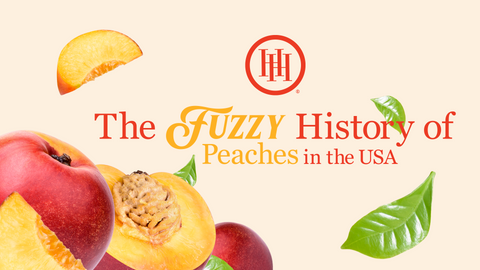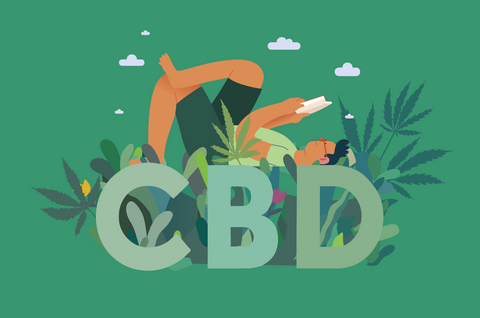Although Hemp History Month is in July, we are always going to bring you the most elevated news and information. Hemp is vital in building our economy, improving our agriculture, and enhancing access to patients that need the plant for their health and wellness needs.
Recognizing the impact and just how dominant hemp was in the early American colonial times is imperative when talking about hemp and cannabis.
By the 20th Century, economic policies shifted due to the industrial revolution. Political appointees saw hemp as a threat. Hence, the prohibition of the plant, yet there is an upwards trajectory to the everyday use of hemp in current times.
One of those modern uses includes sustainable and green energy initiatives that our global citizens are currently debating. But there is no debate here that hemp is a vital solution in maintaining a healthy, safe planet and agriculturally diverse environment.
Let’s take a look at some of the benefits of hemp and how it is helping our earth every single day.
(Just Some) of the Amazing Potential Benefits of Hemp
In one of our previous blogs — we mentioned the idea of growing products without synthetic or chemical products (that have been cultivated in clean and natural soil) — as a standard that many cannabis consumers and advocates are looking to promote in our industry.
Hemp is a bast fiber, meaning it comes from the stem of a plant like linen, flax, and bamboo. It’s harvested from the Cannabis Sativa plant, the same one that produces marijuana, hemp and its derivatives. In terms of sustainability, hemp is the least harmful to the environment.
Since hemp is a weed it grows prolifically with little water and zero pesticides. It takes up very little space to grow, producing more pulp per acre than trees, and it’s also 100% biodegradable. Hemp crops even give back by returning nutrients to the soil and sequestering carbon dioxide.
Industrial hemp has been cultivated for thousands of years. During the 16th to 18th centuries it was a common good traded amongst countries when hemp and flax dominated fiber crops in Asia, Europe, and North America.
Utilizing Hemp as a Raw Material Toward a Sustainable World
According to Science Direct:
“Global warming as a result of climate change has become a major concern for people all over the world. It has recently drawn the attention of the entire conscious community, with the fear that if not addressed properly, it will result in the extinction of numerous species around the world.
At the same time, it will pose a threat to human health, food security, living environment and standard of living. Thereby, possible solutions are being explored accordingly; regulations have been imposed in places binding green production practices, limiting the emission of CO2 and emphasis is given on renewable resources along with the search for alternatives to carbon-positive materials.”
Virtually every part of the cannabis plant can be used towards a more sustainable future. The stalk’s outer bast fiber can make textiles, canvas and rope, while its woody core – hurd – is used for paper, construction and animal bedding.
Hemp seeds are a great source high in protein, fiber, omega-3 fats and other nutrients. Hemp oil can be used for paints, adhesives, cooking, skin topicals and plastics. “Even the leaves can be eaten and used to make juice,” adds Science Direct.
Blazing for a Healthier Planet!
There’s no shortage of evidence that shows that the vitality of our planet and our human race will benefit from hemp now and in the future.
So let’s roll a High Hemp Wrap — trailblazing for a healthier, more sustainable planet!



Comments (0)
There are no comments for this article. Be the first one to leave a message!